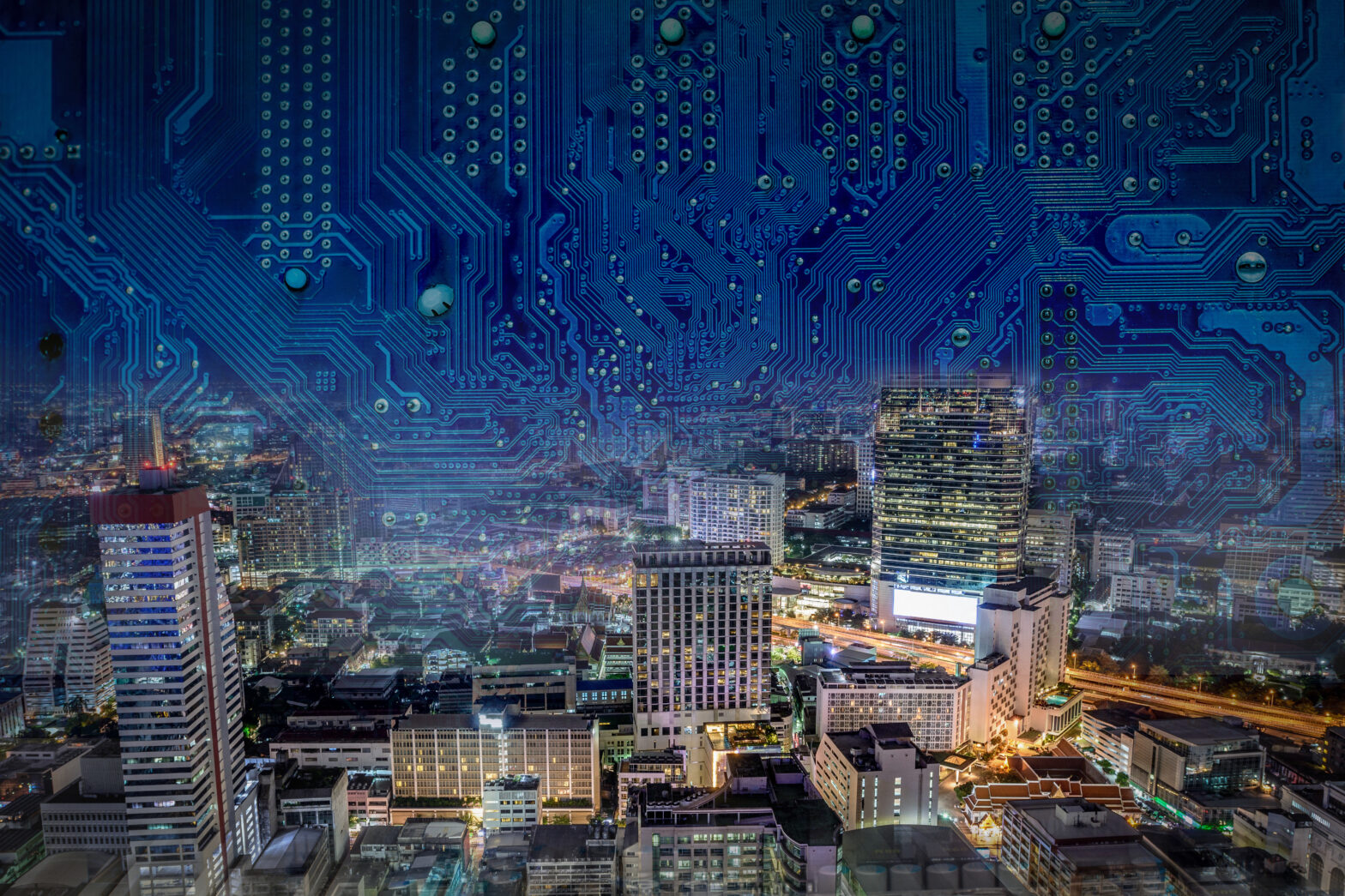For most organisations, the two largest investments are people and premises. So, when organisations redefine the relationship between their employees and their property, it’s no surprise that efficiency and effectiveness gains can have an extraordinary impact on workforce productivity and wellbeing – and ultimately, the bottom line.
It’s this catalyst for change and the benefits that derive from it that has me as a business leader excited about smart buildings and smart workspaces. The opportunity is so much bigger than the often-promoted gains in energy and carbon reduction.
Smart buildings have the potential to engage people to work smarter and be more productive; attracting the best talent, enabling their flexible work preferences and providing an environment that is both easy and satisfying to use.
>See also: Do smart offices attract smart employees?
For the first time, companies can use sophisticated technology and real-time data to understand the way in which their workspace is being utilised in detail. These insights can simplify the complex challenge of managing property effectively. This replaces expensive and out-of-date workplace studies or, far riskier, management ‘gut-feeling’.
Let’s work upwards from the bottom line. In a recent study by Advanced Workplace Associates entitled ‘Utilisation of the Office’, it was reported that despite the cost, office space utilisation in cities like London is running as low as 50%.
This was the case with UBM, a global events-led marketing and communications company. They had a lot of space taken up by desks even when they weren’t in use. After detailed measurement and analysis using Redstone Connect’s OneSpace™ platform and ‘soft sensor suite’ – no need for speculative investment in hardware sensors – they reasoned they could achieve a desk-to person ratio of 1:1.4 instead of the 1 per person they’d previously been deploying.
With the average work station costing £15k per annum, they made capital savings of approximately £3 million. Additionally, average fit-out in London costs £70 per sq. ft, which, in light of the realisation that such expansion work would be unnecessary, meant a further potential capital saving of £1.5 million.
>See also: 3 ways smart technology is impacting the office environment
That’s a huge saving, dwarfing the trimmed energy bills you normally expect from smart buildings.
But that’s just the start. Truly smart buildings will engage with the people who work and visit to create an intuitive, flexible and highly productive workspace.
When excess desk space is reduced, the value of every square inch is increased, and done right, can be capitalised on with a fluid hot-desking approach that allows for employees to move around the office, easily finding the right environment for the work they’re doing.
The best way to brainstorm and bounce ideas, for example, is in a collaborative, energised environment, not in a silent office, isolated behind a screen. Wayfinding technology can unite those doing similar tasks; creative thinking is cultivated without disrupting people who need silence and stillness to concentrate.
This is just another way in which UBS (the Union Bank of Switzerland) ensures it attracts and keeps the best people. With emphasis on a state-of-the-art environment for its employees, UBS provides the best coffee bar, gym, chill-out suites and creative spaces in its offices, because it knows a stimulated workforce results in the best possible output: it retains its reputation, attracts the best clients and fattens the bottom line.
>See also: Smart home 2017 predictions
But even the most luxurious conveniences pale into insignificance if ultimately, employees are unable to find the right environment to bring out their best thinking.
As work changes, so too does the way people interact with their workplace. Mobility encourages a sense of entrepreneurial freedom and, when harnessed correctly, helps to attract talent and improve performance.
This is innovation that makes a difference and doesn’t just tinker around the edges.
Sourced by Mark Braund, CEO, RedstoneConnect
Wayfinding
What is it?
‘Wayfinding’ technology is an integral part of the OneSpace solution, allowing owners, operators and occupiers to visualise and navigate a workspace and its resources. Think Google Maps, for an office.
Wayfinding will direct you to a free desk, your meeting room, or a more freeform space, as needed. It will guide you to colleagues with expertise or experience relevant to your project.
At a more fundamental level, it can find you a good espresso, colour printing (ink and paper guaranteed) or the nearest elevator. Real-time data on people and resources is unobtrusively collected from soft and hard sensors, mined for insights, combined with appropriate workflows (reserving a desk, for instance) and overlaid on building floor plans to produce rich maps.
Employees are offered this information constantly, through large touchscreen displays at convenient locations as well as on their mobile devices, providing them with a non-intrusive guide to who is doing what work, where.
Why use it?
This is a holistic approach to work, allowing employees to create their optimum environment and harnessing time and talents in the best possible way. Empowered, fulfilled employees can bring out the dynamic aspect of any business, which is what precedes the emergence of market leaders.
Who is it for?
Risk-averse thinkers might assume that the ultra hot-desked environment facilitated by the OneSpace way-finding technology, is the reserve of creative agencies and ‘ideas’ people. But OneSpace is pragmatic; it leaves no space for guesswork. Its unimposing recommendations are the result of hard analysis. Millions of check-ins and data points work together to develop a factually accurate picture of the workforce, the way it works and what it needs.










